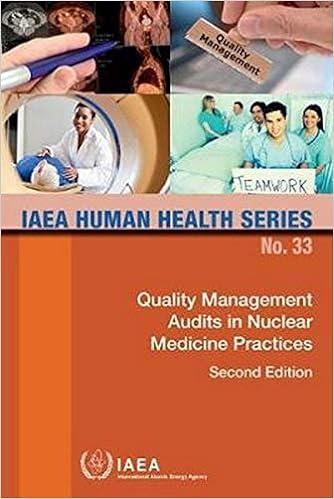Question
361 Course ProjectPart Five Eli Orchid has designed a new pharmaceutical product, Orchid Relief, which improves the night sleep. Before initiating mass production of the
361 Course ProjectPart Five
Eli Orchid has designed a new pharmaceutical product, Orchid Relief, which improves the night sleep. Before initiating mass production of the product, Eli Orchid has been market-testing Orchid Relief in Orange County over the past 9 weeks.
Now that the daily demand for Orange County can be predicted with reasonable accuracy using the M3 model, the COO of the company decided to use it to optimize the production of the new drug.
The daily demand values and production process data are recorded in the Excel file provided.
The new pharmaceutical product that the company wishes to introduce, Orchid Relief, uses two new ingredients. At this stage, Eli Orchid can procure limited amounts of each ingredient. The company has 4500 pounds of ingredient 1 and 3600 pounds of ingredient 2 available for this week.
Eli Orchid can manufacture the new product using any of its three existing processes that have different capabilities. The production with each of the processes is done in batches (a batch typically represents one full run of a machine from when it starts a task until it finishes it). Each batch of production by each of the processes uses different amounts of ingredients 1 and 2, and results in different number of units of Orchid Relief produced (note the difference between a batch and units of Orchid Relief produced). The table below outlines the cost per batch, amounts of the two ingredients required, and the number of units of Orchid Relief yielded per batch.
| Process 1 | Process 2 | Process 3 | |
| Cost of production per batch | $14,000 | $30,000 | $11,000 |
| Ingredient 1 required per batch (pounds) | 180 | 120 | 540 |
| Ingredient 2 required per batch (pounds) | 60 | 420 | 120 |
| Orchid Relief yielded per batch (units) | 120 | 300 | 60 |
Eli Orchid needs to determine how many batches to produce with each process in the least costly way given the limited availability of the two ingredients. Also, the total production of Orchid Relief in units must be greater than or equal to the total forecasted demand (in units) for the following week.
The COO of the company asked the analyst[1]:
| 11. To use the new M3 model updated with week 9 data (d = 0.6568*Day -151.1703*Mon -136.2715*Tue -110.595*Wed -118.3629*Thu -74.7975*Fri + 1.7679*Sat+ 434.5675) to predict the total demand (in units) for Week 10 (days 64-70). |
| ||||||||||||||||||
| 12. To state if this is a maximization or a minimization optimization problem? | Minimization | ||||||||||||||||||
| 13. To provide the mathematical formulation of the objective function assuming that X1, X2, and X3 are the decision variables representing the number of batches of each process to be used. | Min = $14,000x1 + $30,000x2 + $11,000x3 | ||||||||||||||||||
| 14. To provide the mathematical formulation of the model constraints. |
| ||||||||||||||||||
| 15. To use the Production tab of the Excel file and complete the setup by:
| Excel Formulas:
| ||||||||||||||||||
| 16. To set up Excel Solver (Assume Constraint Precision of 0.000001 and Integer Optimality (%) of 0) and provide the solution to the optimization problem. |
| ||||||||||||||||||
| 17. To label each constraint in the solution as binding or not-binding. |
| ||||||||||||||||||
| 18. To consider a possible shortage of ingredients in the following week. What would the optimized production process look like if Eli Orchard could only procure 4320 pounds of Ingredient 1 and 1440 pounds of Ingredient 2? |
| ||||||||||||||||||
| 19. To label each constraint in the new solution (for the shortage of ingredients) as binding or not-binding. |
| ||||||||||||||||||
| 20. To make recommendations about the production processes and pricing of Orchid Relief. | [write your paragraph here] |
[1] Round numbers to four decimal points (e.g. 0.1234), unless explicitly requested otherwise. ANSWER QUESTIONS 17-20 PLEASE
Step by Step Solution
There are 3 Steps involved in it
Step: 1

Get Instant Access to Expert-Tailored Solutions
See step-by-step solutions with expert insights and AI powered tools for academic success
Step: 2

Step: 3

Ace Your Homework with AI
Get the answers you need in no time with our AI-driven, step-by-step assistance
Get Started


